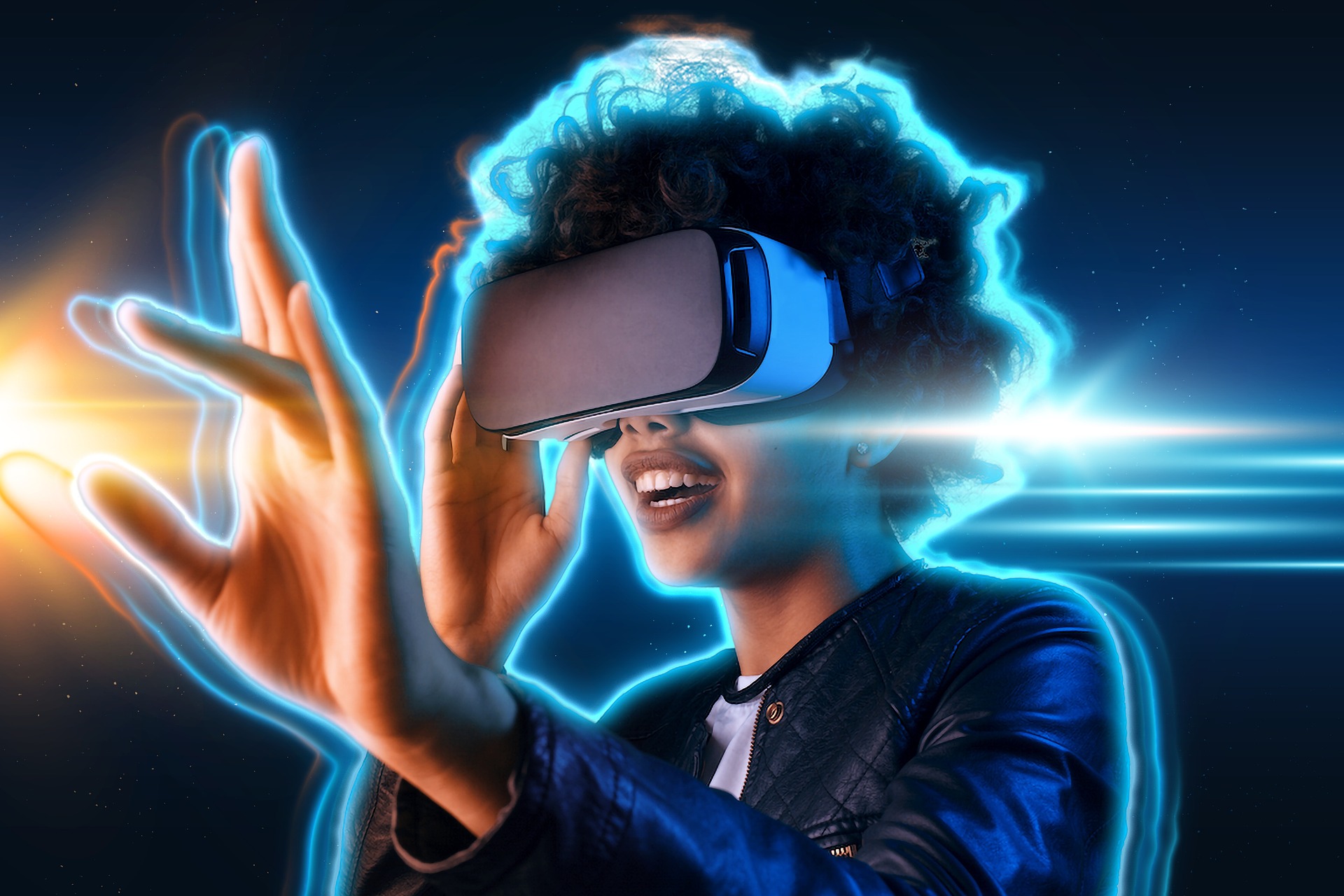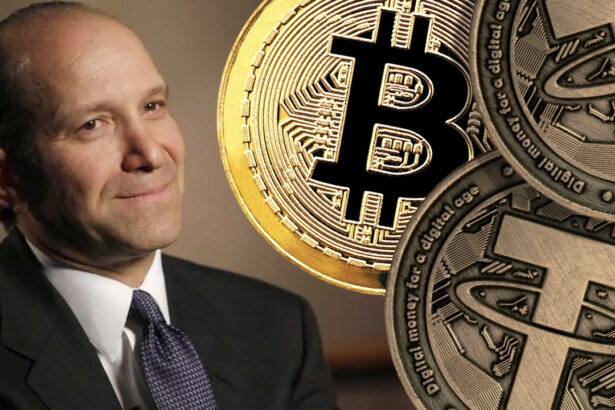A new world known as the crypto metaverse has formed due to the rapid integration of the cryptocurrency and gaming sectors. Blockchain, decentralized finance (DeFi), and the game industry come together in this virtual world. Crypto metaverse gaming is more than a gaming platform; it facilitates decentralized economies, user-driven immersive experiences across several virtual worlds, and asset ownership. The convergence of blockchain technology with gaming is reshaping digital entertainment and may have far-reaching effects on the future of online communication, commerce, and invention.
The Metaverse Explained
Before diving into the crypto part, understand what a metaverse is. The phrase “metaverse” refers to a shared virtual space that continues to exist and evolve even when a user isn’t logged in. Avatars, structures, and whole planets are all part of this virtual environment that users may discover, engage with, and create.
The existence of metaverse circumstances often makes it difficult to distinguish between traditional video games and their virtual counterparts. They aim for a larger, more interconnected digital ecosystem when they develop digital economies, social locations, and creative activities. Metaverse platforms have come a long way from the days of Second Life and Minecraft. Still, innovations in blockchain technology and cryptocurrencies are propelling the lightning-fast creation of the next generation of these online communities.
Blockchain Technology in Gaming
Blockchain, the distributed ledger technology that powers Bitcoin and Ethereum, is tailor-made for the gaming industry. Its immutability, transparency, and ability to support decentralized ecosystems give players greater agency and ownership.
In more traditional games, players might spend a pretty penny on in-game items like skins, weapons, and characters. Aside from their use within the game or platform, these assets have no purpose. That all changed when blockchain technology and its exclusive digital assets, known as non-fungible tokens, were introduced. By utilizing these NFTs, players may firmly claim ownership of in-game assets.
NFTs and the Rise of Play-to-Earn Models
With the introduction of NFTs, a new paradigm in gaming known as play-to-earn (P2E) developed. Players can earn NFTs or bitcoin through in-game missions and objective completion. The option to sell or exchange these acquired things for real money gives gamers a more tangible monetary motivation.
Some games that used this idea early on were Decentraland and Axie Infinity. For example, in Axie Infinity, players may raise, battle, and trade NFT-based monsters called Axies. You may exchange the cryptocurrency Smooth Love Potion (SLP) for real money on external marketplaces when you earn it in the game. This has led many people to rely on Axie Infinity as a source of income, particularly in Southeast Asia, where the profits from play-to-earn games sometimes exceed the minimum wage.
Concurrently, Decentraland offers a digital marketplace for buying, selling, and constructing virtual properties based on NFTs. Digital real estate markets will mimic their real-world counterparts, and properties there may gain value based on location, popularity, and the experiences built on them.
The Integration of DeFi in Crypto Metaverse Gaming
Decentralized finance, or crypto, is another significant aspect of the crypto metaverse. Through DeFi platforms, users may trade, lend, and borrow cryptocurrencies directly with one other, cutting out the intermediaries. You can use DeFi to do a lot of different kinds of financial transactions in metaverse games, such as stake assets, earn yield, and get crypto loans to buy anything in-game or real estate.
Consider the game Aavegotchi, which combines elements of both DeFi and NFT. Players can stake their cryptocurrencies in DeFi protocols to receive returns from Aavegotchis, which are digital collecting ghosts. The player’s interest in these virtual people dictates their degree of power in the game, which is a combination of DeFi and gameplay incentives.
Interoperability: A Vision for a Connected Metaverse
One of the most interesting things about the crypto metaverse is the prospect of interoperability, which means that digital assets may freely move across different platforms and virtual worlds. Currently, most virtual products can only be found in certain games or environments. However, blockchain technology might allow consumers to move their NFTs and cryptocurrency assets to metaverse platforms.
For example, consider a scenario where a player possesses a unique sword in one game and can use it in another virtual world. Thanks to this interoperability, a huge, interconnected metaverse might be unlocked, releasing gamers from the confines of any one gaming platform or game and letting them freely move between several virtual worlds.
Challenges and Criticisms
The idea of a crypto metaverse is gaining popularity, but there are certain challenges to consider. Most importantly, we need to ensure scalability. Thousands of people engaging in real-time in massive, decentralized virtual worlds still need the infrastructure. Due to the hefty transaction fees on networks like Ethereum, online interactions can become expensive for gamers.
Another issue is safety. Despite blockchain’s usual security, players might be at risk of fraud or cyberattacks due to shortcomings in DeFi protocols and smart contracts. Players could lose substantial money when individuals exploit games or platforms.
Also, because they are based on speculation, play-to-earn models and NFTs have raised concerns about long-term viability. Some believe that speculation about financial gain, rather than entertainment value, drives these games. Furthermore, if rich players can buy strong NFTs or virtual land while poorer players can’t, these games may encourage inequality.
The Future of Crypto Metaverse Gaming
Crypto metaverse gaming has numerous challenges but has a very bright future. Many of the present restrictions may be overcome as blockchain technology develops and scalability solutions, such as Ethereum 2.0 or layer-2 solutions, gain traction.
Another fascinating new area for the metaverse to explore is the combination of VR and AR. Virtual reality (VR) is already being investigated by platforms such as Somnium Space and The Sandbox to develop more participatory and immersive metaverse experiences. As virtual reality and augmented reality continue to evolve, users may soon be able to enter these virtual worlds in ways that are nearly indistinguishable from the actual thing.
Another trend about to shake up the governance world is the proliferation of DAOs in the gaming metaverse. A more democratic and community-driven environment may be achieved through the use of DAOs, which provide players with a voice in how a game or platform is developed in the future.
Conclusion
The boundaries between game, social connection, and cryptocurrency are blurring in crypto metaverse gaming, a new digital entertainment frontier. With the help of blockchain, NFTs, and DeFi, gamers may participate in decentralized economies outside of games and feel real ownership of digital goods. The possibilities for a metaverse that is both linked and interoperable are enormous. Even though we still have a long way to go, we can already see how we can evolve in terms of enjoying entertainment and communicating online. The crypto metaverse has the potential to overtake all other platforms for online gaming and other digital activities as technology advances.






